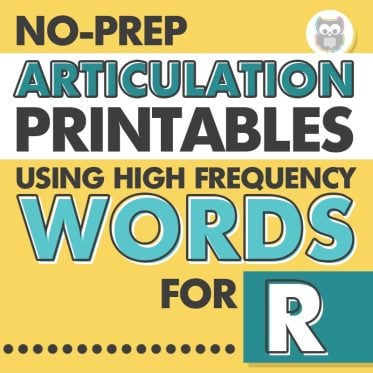The overall goal of learning about text structure is to get your students to have a better mental representation and organization of the information they read, hear, or see. This will make skills like summarizing or retell much easier.
There are 5 main text structures that I teach to my students:
- Sequence – Events that go in order.
- Describing – Telling all about one topic.
- Compare/contrast – Saying what is similar and different.
- Problem/solution – Describing a problem and ways to fix it.
- Cause/effect – Naming the reasons why something happens.
These 5 text structures can be found across both fiction and non-fiction texts, however non-fiction will be the primary focus of this resource.
At the beginning, it’s important to teach one structure at a time. I typically teach them in the order they are listed above. Each text structure should be taught alongside it’s associated visual.
Text Structure Signal Words
I also teach my students about “signal words”.
Signal words are like signs – they point you in the right direction. They are a clue to help you figure out what type of text you are reading.
Each text structure is signaled by different words. Some examples are below:

Research has shown that direct instruction about text structure can improve student understanding of signal words.
Familiarizing students with signal words and teaching them how to find signal words in texts is an important skill. This is because writers of non-fiction texts (including our students!) rely on text structure to help organize their ideas and each unique text structure requires different signal words. These signal words organize the author’s ideas and points. Signal words also help the reader understand the point the author is trying to make which helps when summarizing.
To make text structure interventions as effective as possible, keep these research-supported strategies in mind:
- Directly teach text structures and related signal words, preferably one at a time (especially in the beginning)
- Use graphic organizers and model their use
- Scaffold success increasing independence over time
Text Structure Research Highlights
Here’s a few takeaways from some helpful research articles about text structure interventions:
1 – Text structure instruction can help with comprehension skills including summarizing and stating the main idea of text. This is because it helps students identify relationships in text, note information that is important to include in a summary, and know how to organize that information best.
To learn more, read this article:
Stevens, E. A., Vaughn, S., House, L., & Stillman-Spisak, S. (2019). The effects of a paraphrasing and text structure intervention on the main idea generation and reading comprehension of students with reading disabilities in grades 4 and 5. Scientific Studies of Reading. https://doi.org/10.1080/10888438.2019.1684925
2 – Younger students AND students with learning disabilities seem to show the *most* improvement!
To learn more, read this article:
Pyle, N., Vasquez, A.C., Lignugaris/Kraft, B., Gillam, S., Reutzel, D.R., Olszewski, A… Pyle, D. (2017). Effects of expository text structure interventions on comprehension: A meta-analysis. Reading Research Quarterly.
3 – Based on a systematic review, the most effective interventions for increasing academic discourse provided direct instruction of non-fiction texts with “visual supports and student-generated learning materials (e.g., notes or graphic organizers) with moderate dosage (i.e., 180–300 min across 6–8 weeks) in a one-on-one or paired group setting”.
Want an easy resource to help you implement all of this information? Check out my Teaching Text Structures resource below:
To learn more, read this article:
Peterson, A.K., Fox, C.B., Israelsen, M. (2020). A Systematic Review of Academic Discourse Interventions for School-Aged Children With Language-Related Learning Disabilities. https://doi.org/10.1044/2020_LSHSS-19-00039
Hope this information is helpful for you and your students!





















Leave a Comment